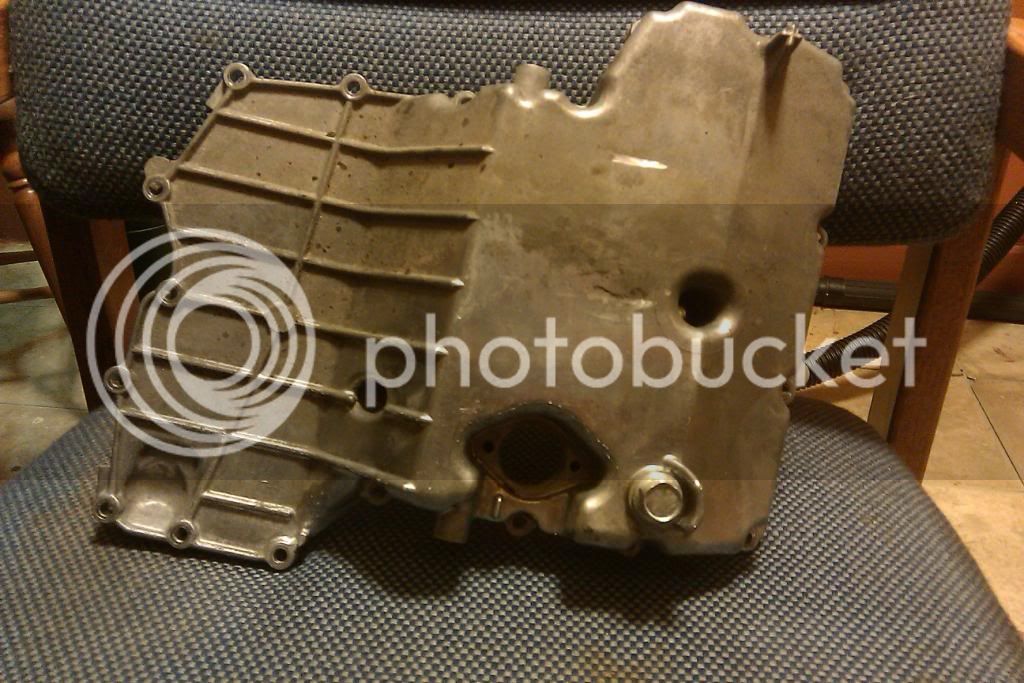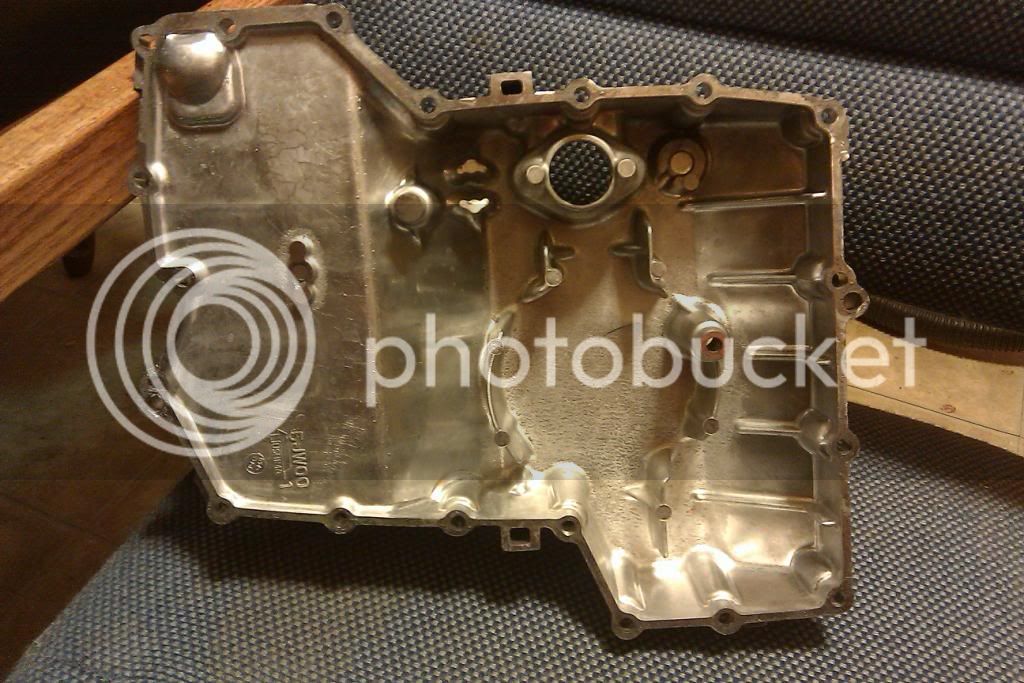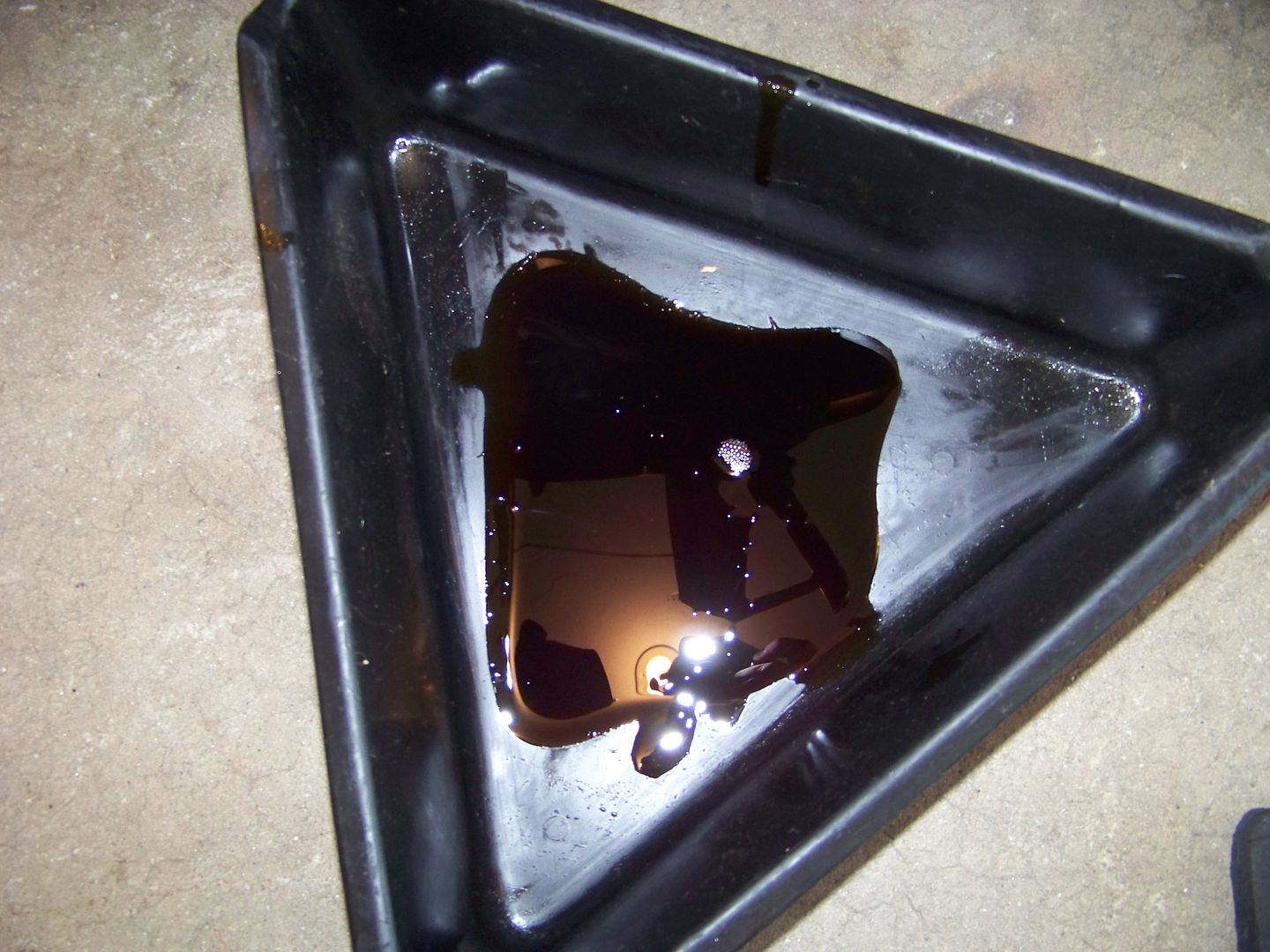vintage117
Member
how hard is the sensor to change im tired of the light flashing on then off I know there is oil in my bike because I can see it in the glass

Okay ... accepted. Thanks for the correction.It is an oil level transducer, not oil pressure.
Beings ta how it's Friday ----> Sudden oil loss that proved to be a problem. With extenuating circumstances.The oil sensor was a bad idea that was badly executed...I mean, when was the last time you heard of an FJR quickly losing enough of the engine oil to be a problem?...




John Ryan admitted to two complete losses of oil on his FJR. First he hit a rock going north on the haul road and cracked his oil pan. Some workers in Deadhorse welded the hole after he got towed in. Second, as he put it, "An idiot forgot to tighten the drain plug after an oil change." Hey, $hit happens. He blamed the short engine life of his bike (around 200K I believe) on these two misfortunes.The oil sensor was a bad idea that was badly executed. Since it is only an idiot light, and any idiot can look at the sight glass to see what the actual level is (with infinite precision) I see no need for even having the thing. I mean, when was the last time you heard of an FJR quickly losing enough of the engine oil to be a problem? And then, to top it off, it (reportedly) regularly screws up and displays false positive indications for low oil level.
My '05 never gave me a false low message, even though it did burn some oil and was sometimes on the low side of the sight glass.. If mine acts up (once the bike is out of warranty) I'd just eliminate it and forget about it.
The sensor is a simple switch. I can't tell from a quick look at the manual, but I assume that when the fill level is adequate it grounds the wire going back to the ECU. So if you just tied that wire to ground the light should remain off for perpetuity. It's either that or it grounds the light when the oil is low (which would be dumb) but in that case you just unplug the wire from the switch to disable it.

Notice the dam/ring around 80% of the drain plug hole (apparently to give some beef to the area where the drain plug goes for added strength)? Answers the question of SIDE STAND or CENTER STAND oil changes. The dam/ring around the drain hole makes the side stand drain not such a good idea.Looking at your top view photo (interior) of the oil pan...
I think that you have already described the purpose of that rectangular cross section tube perfectly.Looking at your top view photo (interior) of the oil pan what is the purpose of the small rectangular opening/port on the outside edge of the pan near the oil level sensor?
After I remove a filter, the oil runs down, fills that small rectangular orifice and then escapes out through the threaded bolt hole down below.
It makes a bit of a mess and ends up lubing the rubber washer attached to the fairing.
Must be the oil pan's appendix.
Now, now, Alan. We have already empirically proven that you get more oil out on the side stand.Notice the dam/ring around 80% of the drain plug hole (apparently to give some beef to the area where the drain plug goes for added strength)? Answers the question of SIDE STAND or CENTER STAND oil changes. The dam/ring around the drain hole makes the side stand drain not such a good idea.Looking at your top view photo (interior) of the oil pan...

Not convinced. I'm still pretty sure the world is flat too. The guy that created the path for the oil to exit the drain hole seems to have been a frustrated pinball machine designer in previous job.Now, now, Alan. We have already empirically proven that you get more oil out on the side stand.
Exactly this much:
[picture 'evidence' snipped]
That is 85cc's (or roughly 2.9 fluid ounces) of dirty oil.

So, if the world is "flat" what's that stuff pokin' up there in the horizon? I bet that would hamper the oil draining from anything you parked on that!Not convinced. I'm still pretty sure the world is flat too. The guy that created the path for the oil to exit the drain hole seems to have been a frustrated pinball machine designer in previous job.Now, now, Alan. We have already empirically proven that you get more oil out on the side stand.
Exactly this much:
[picture 'evidence' snipped]
That is 85cc's (or roughly 2.9 fluid ounces) of dirty oil.
Just north of the Mexican border I took photo evidence that the world is flat, it's as good as you oil bucket shot of roughly 2.9 fl oz of dirty oil.


Enter your email address to join: